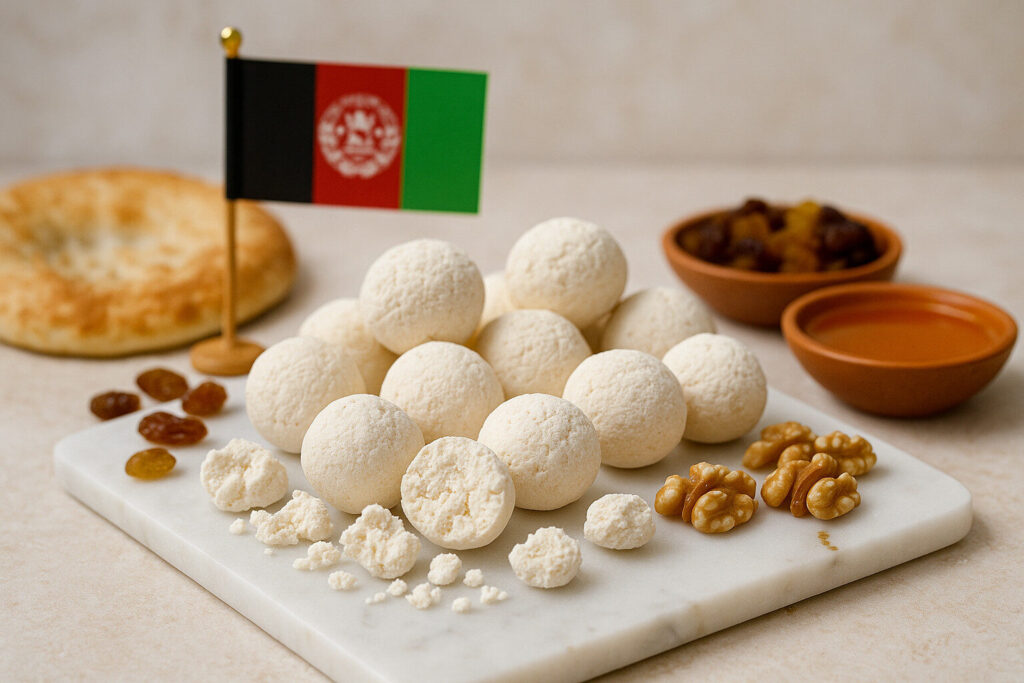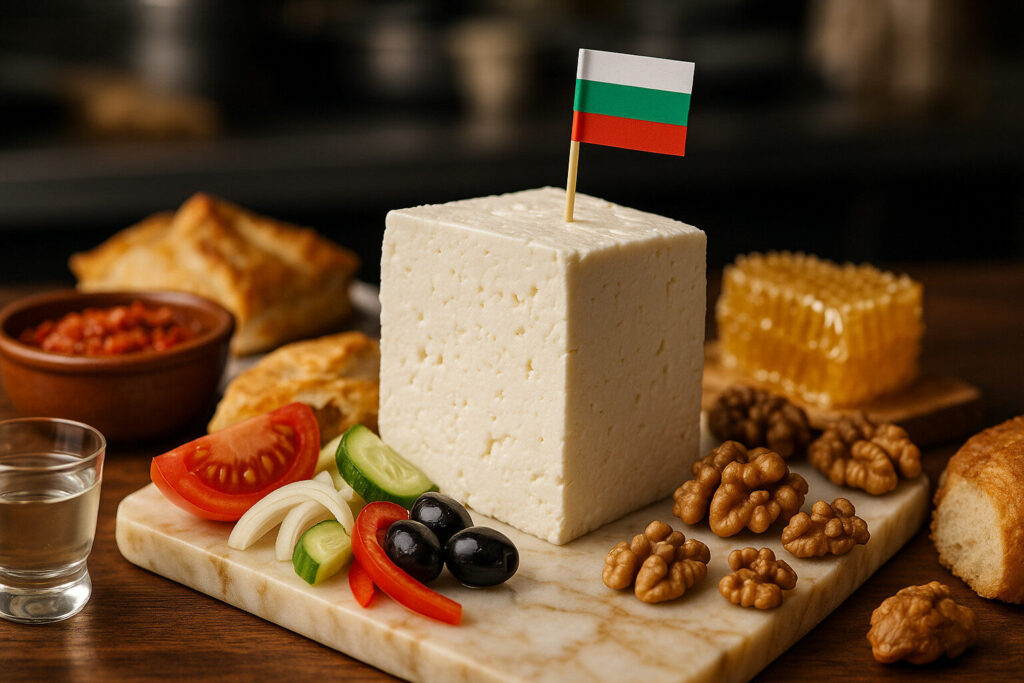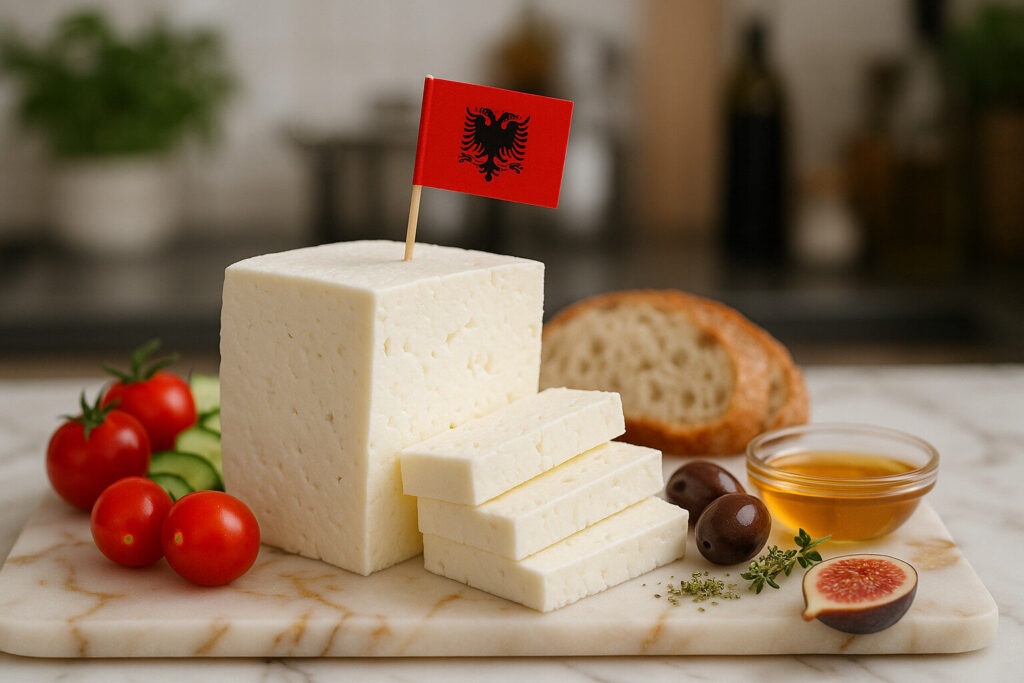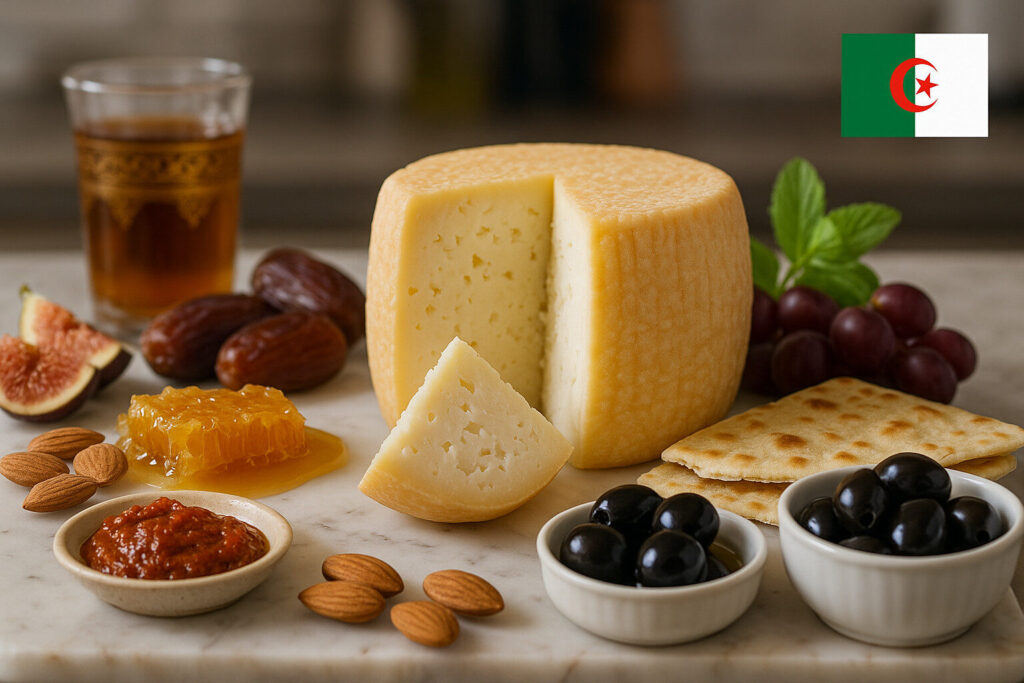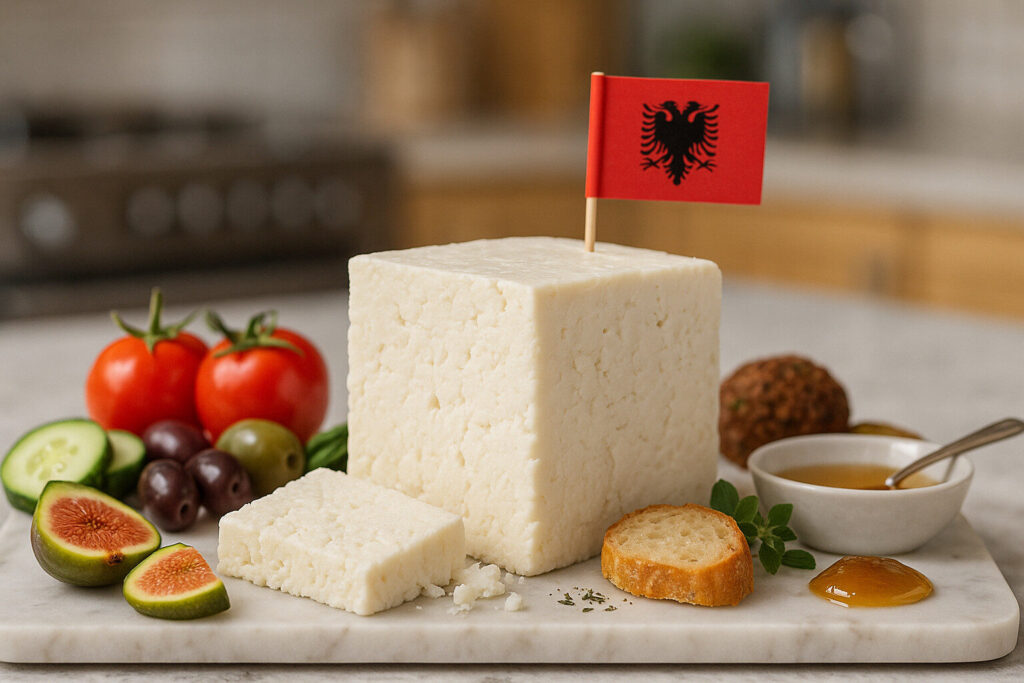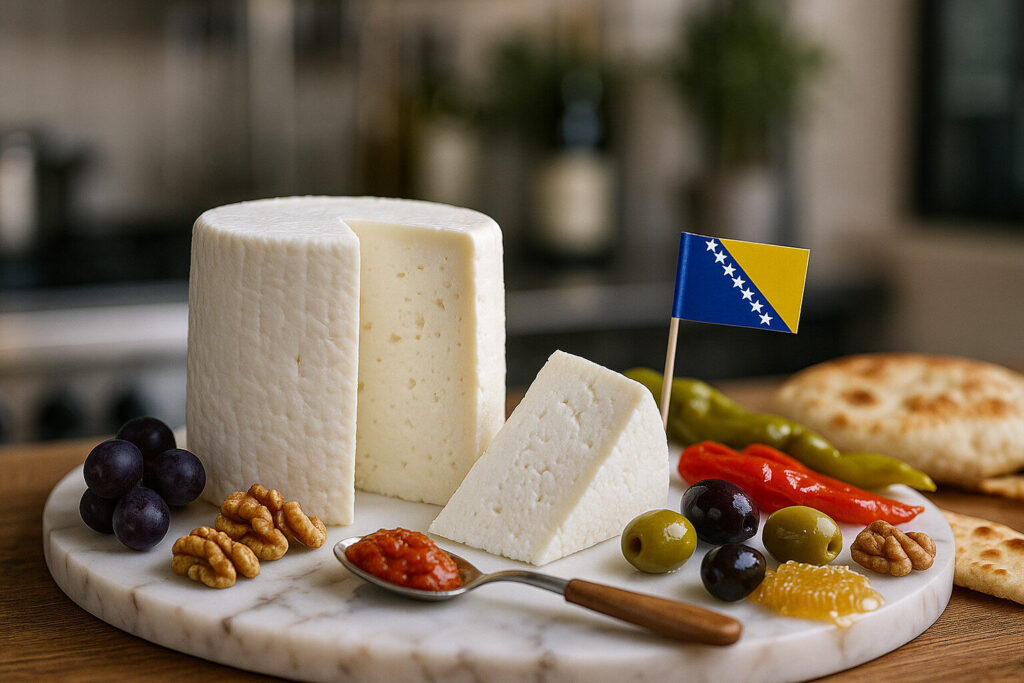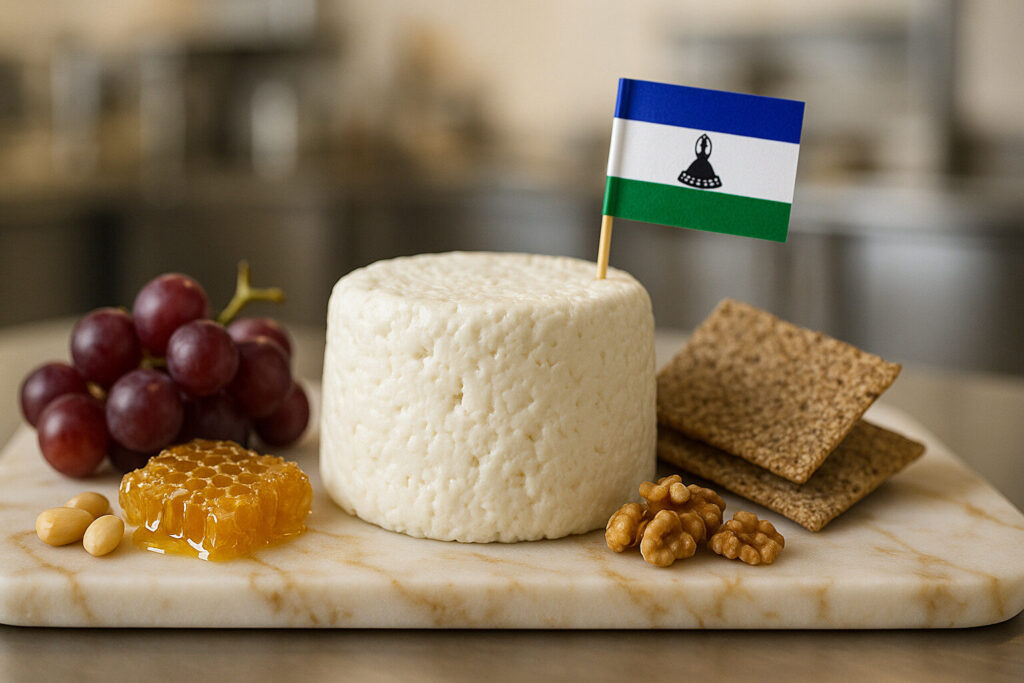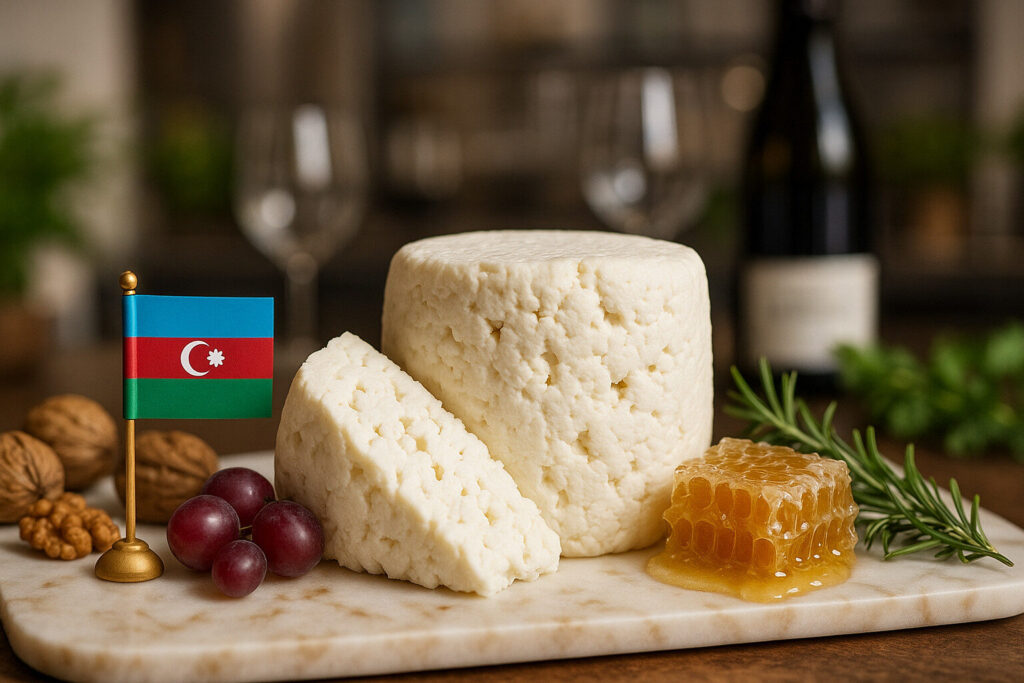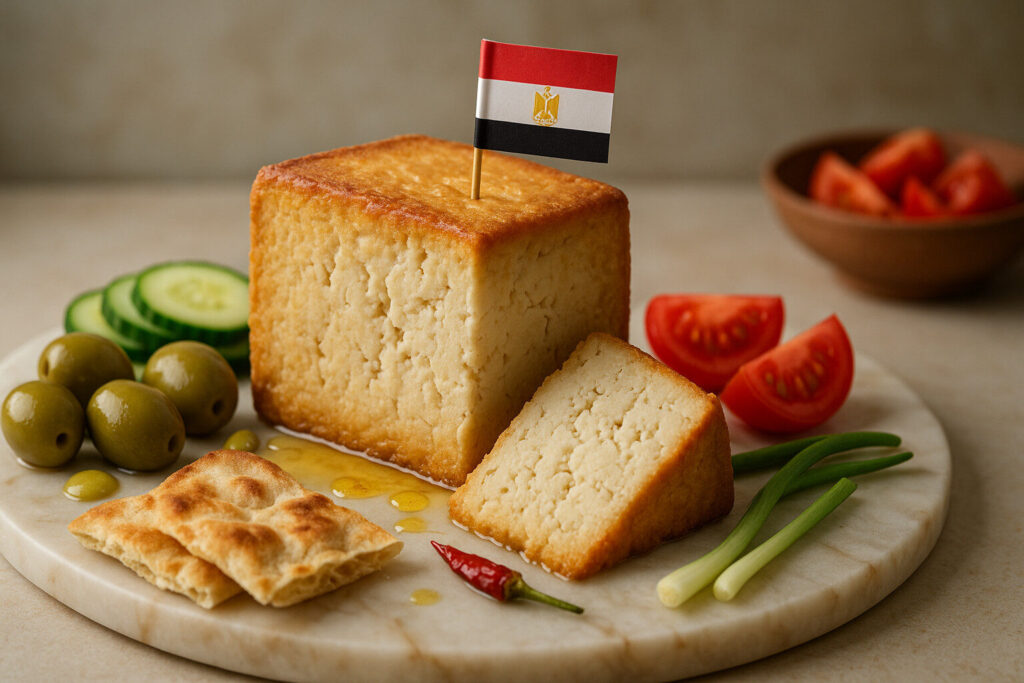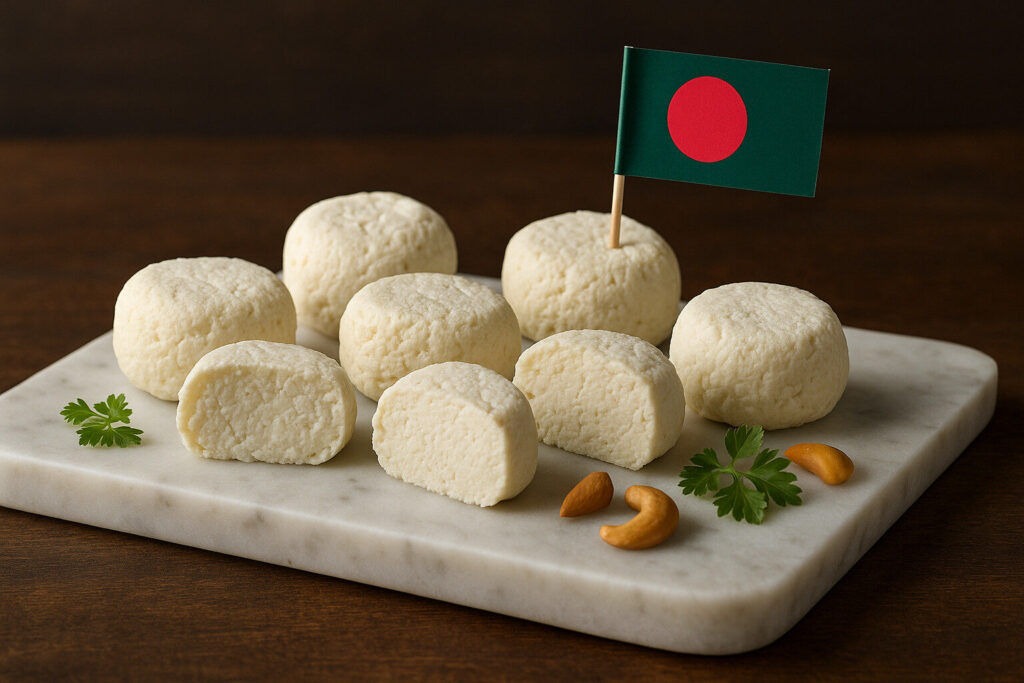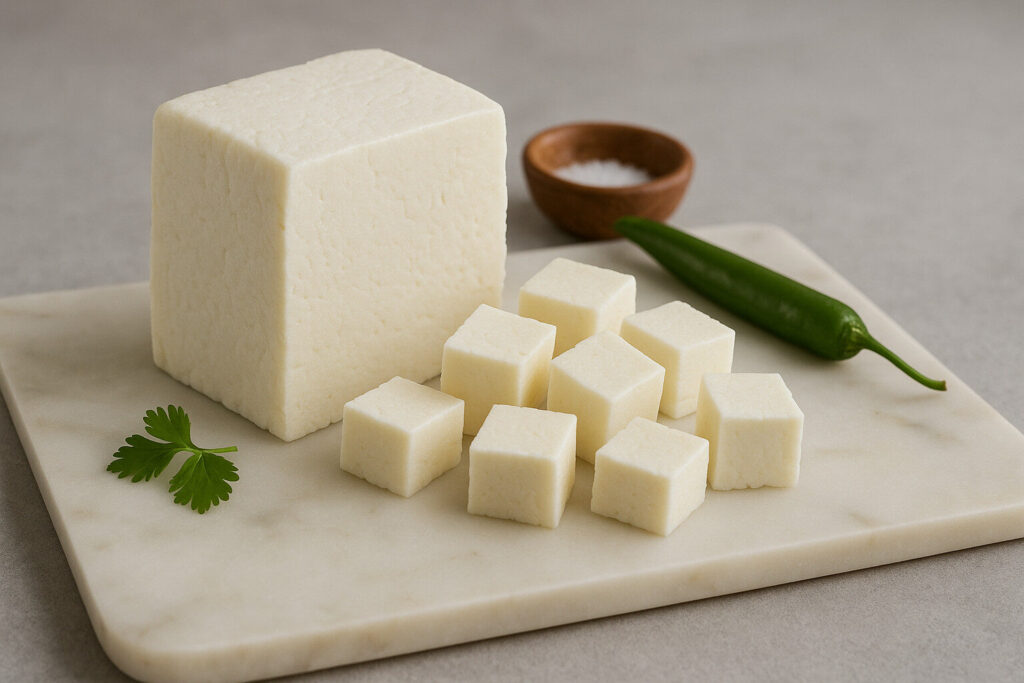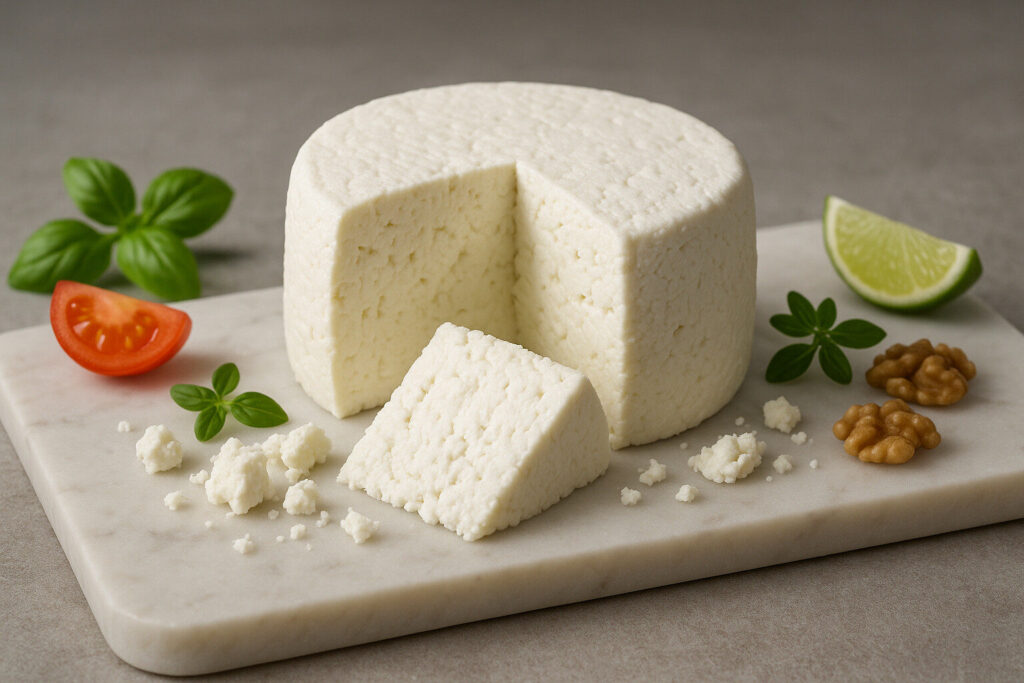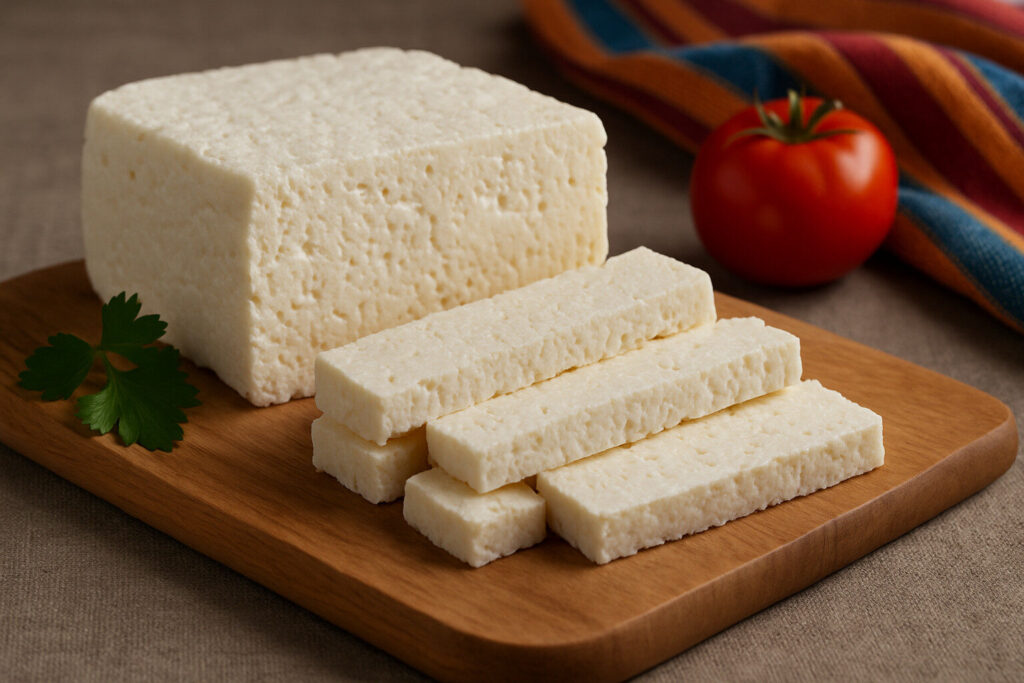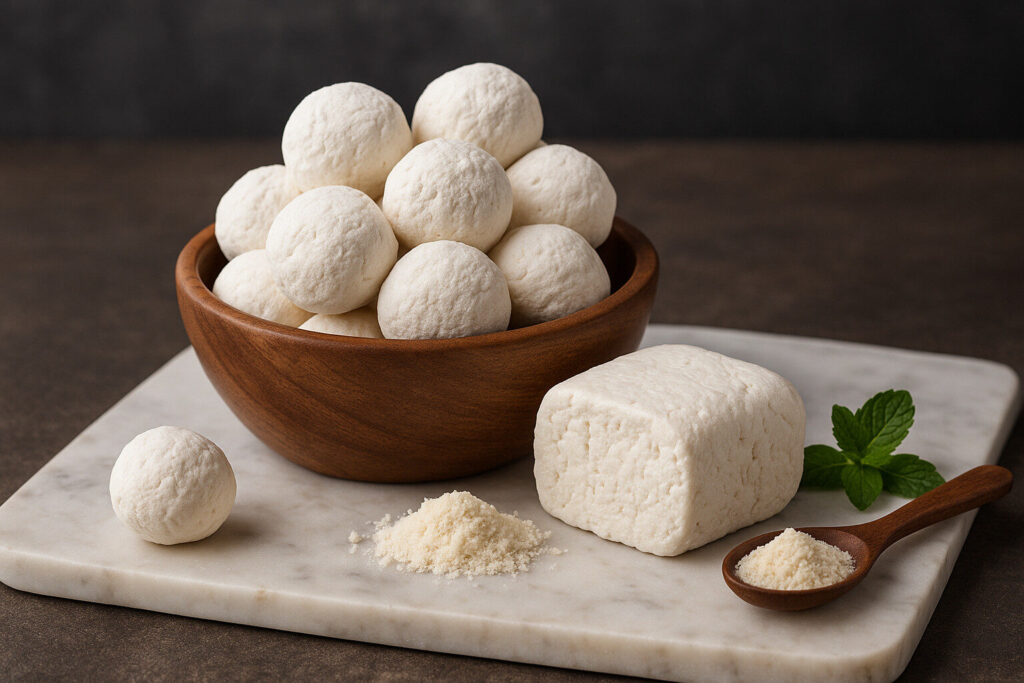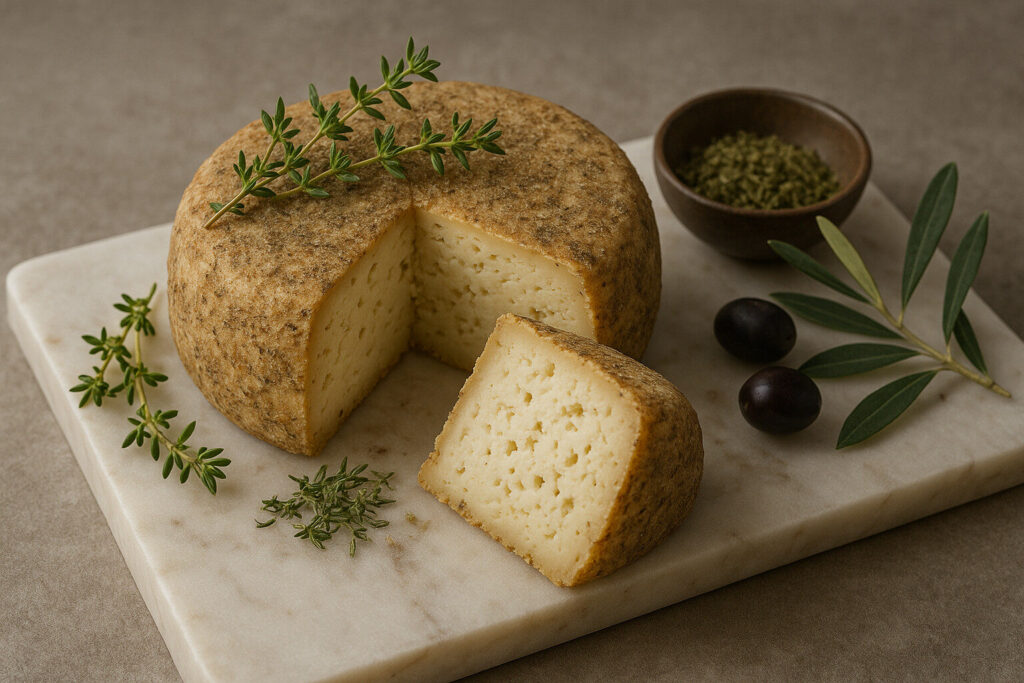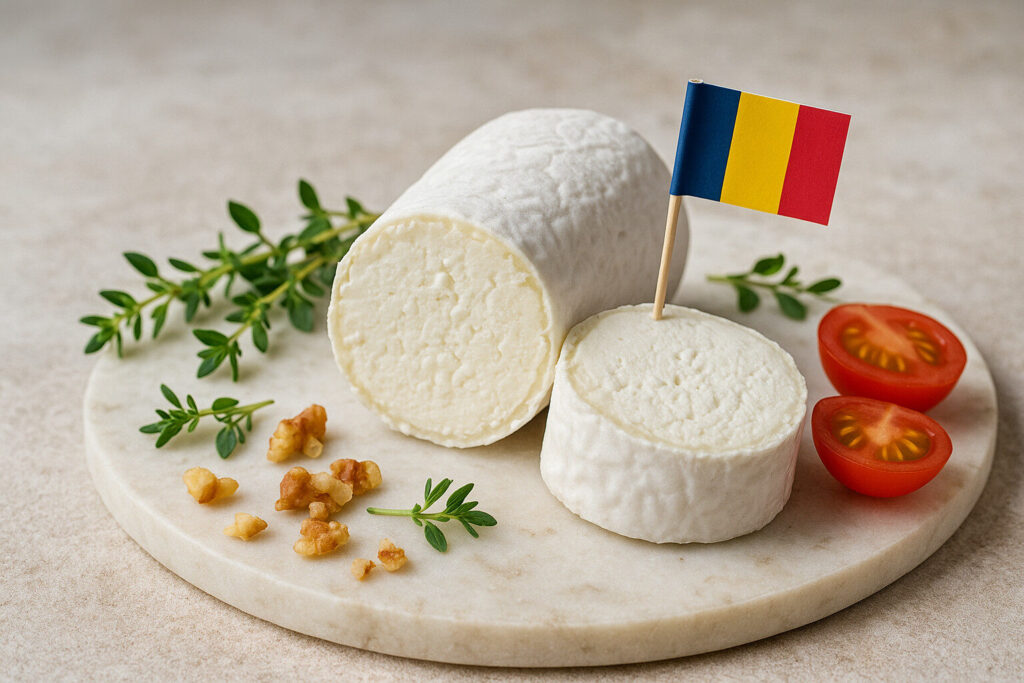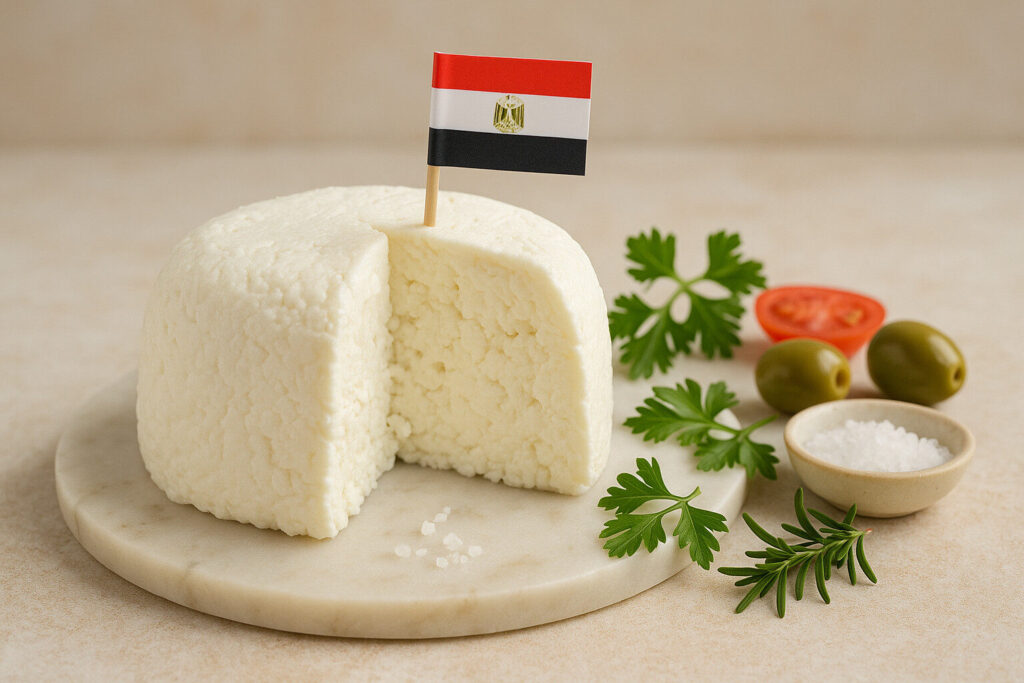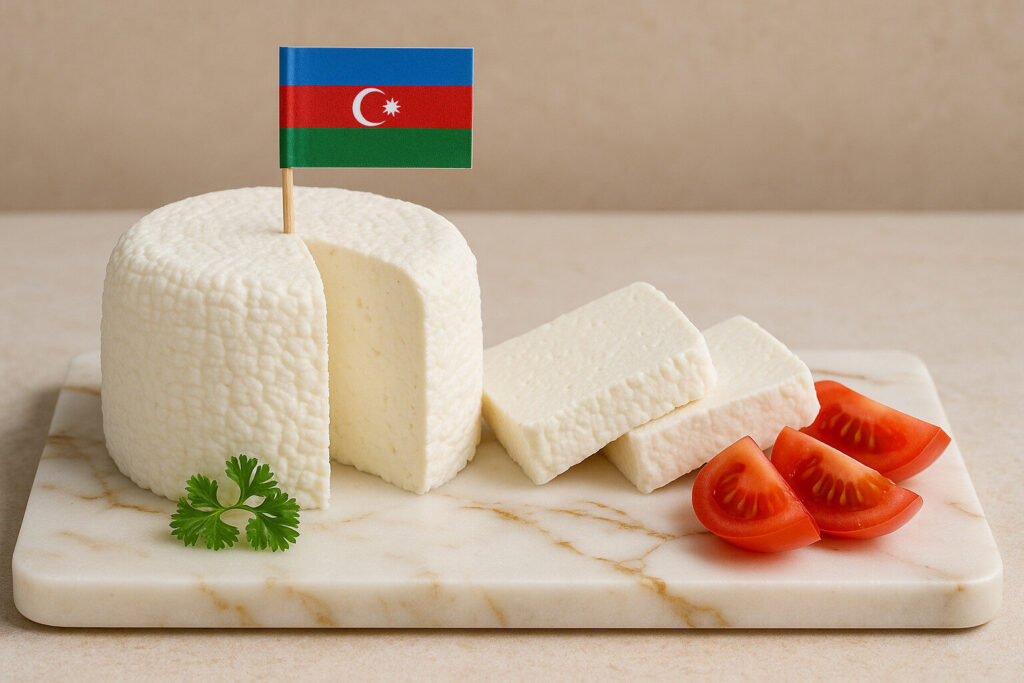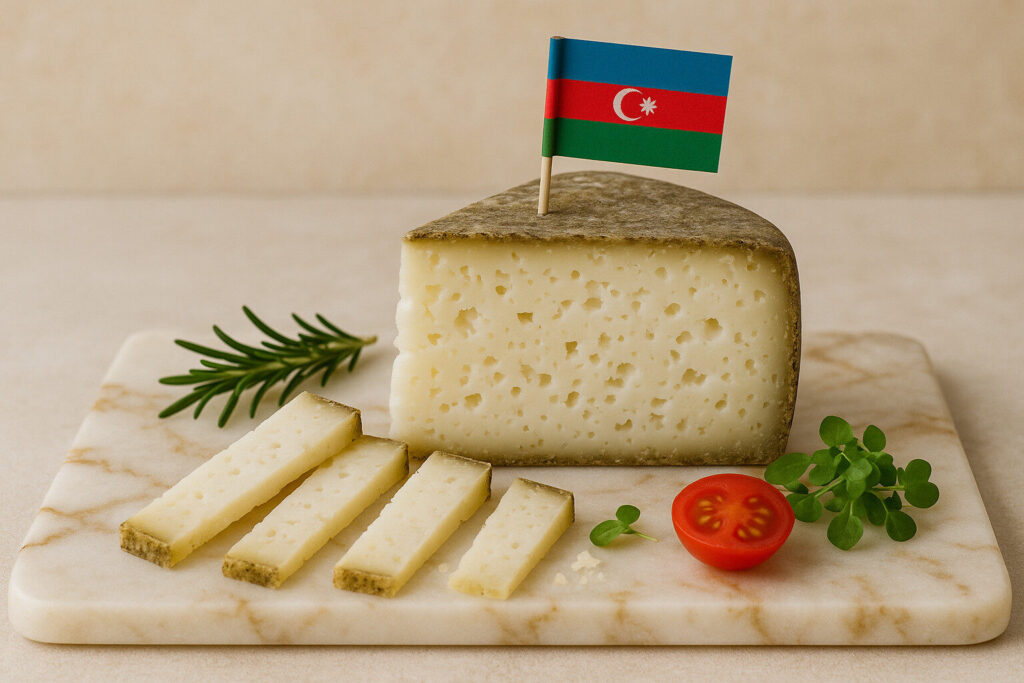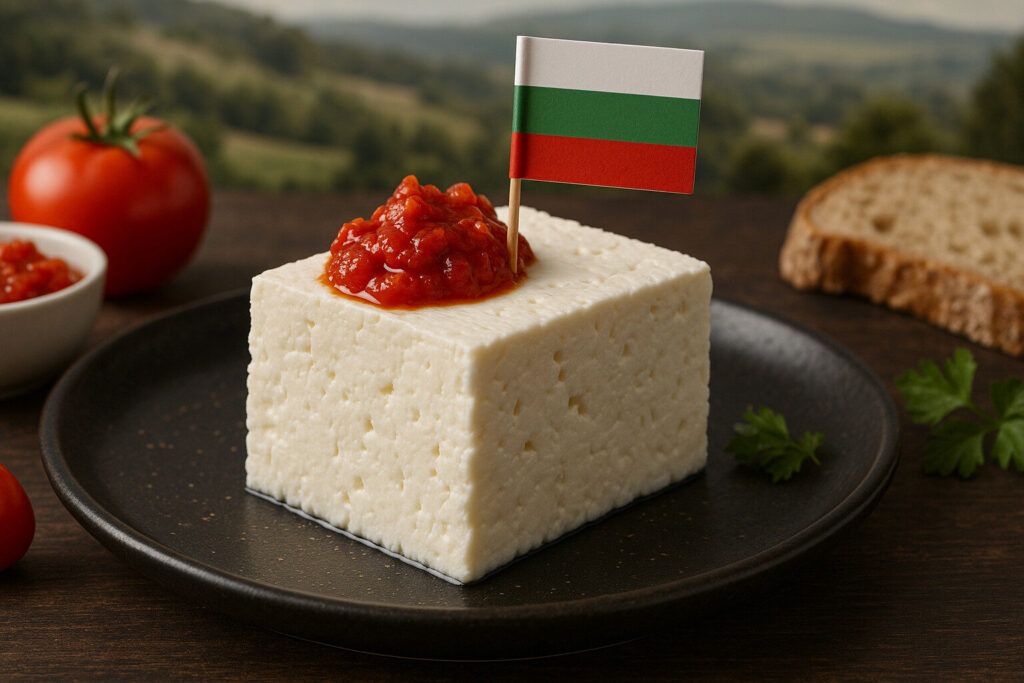Crumbly Cheese
Crumbly Cheese Definition
Crumbly cheese refers to a textural category where cheeses fracture into small pieces rather than slicing cleanly. This characteristic results from high acidity during production and minimal pressing, creating an open, fragile structure. Such cheeses typically exhibit high moisture content and a short aging period, distinguishing them from firm or hard varieties.
The scope encompasses fresh cheeses like feta and certain blue-veined types such as Roquefort. These cheeses share a tendency to break apart under pressure yet maintain distinct moisture levels. Crumbly texture serves as a key identifier across multiple cheese families and production methods.
Production Techniques
Crumbly cheese production emphasizes acid development through extended draining periods. Curds are typically cut into small pieces and lightly handled to preserve fragile structures. Many varieties undergo minimal or no pressing, allowing whey to drain naturally while maintaining high moisture content.
Salt application occurs through brining or dry-salting methods to enhance flavor and preservation. Aging periods range from days to months, with some blue varieties requiring piercing for mold development. These techniques collectively create the characteristic open texture and moist crumble.
Sensory Characteristics
Crumbly cheeses present a distinctive mouthfeel characterized by rapid breakdown and minimal elasticity. Their flavor profiles range from the sharp saltiness of feta to the complex pungency of blue varieties. The visual appearance typically shows irregular fractures and a moist, granular surface texture.
Acidity levels remain prominent, contributing to bright, tangy notes in younger cheeses. Mold-ripened varieties develop earthy, spicy undertones during aging. The combination of texture and flavor creates a unique sensory experience distinct from other cheese categories.
Culinary Applications
Crumbly cheeses excel in applications where distribution and melting are desirable. They crumble easily over salads, baked potatoes, and pasta dishes without requiring grating. Their bold flavors make them effective seasoning agents in Mediterranean and Middle Eastern cuisines.
These cheeses maintain structural integrity when baked, making them ideal for savory pastries and casseroles. Their moisture content prevents excessive drying during cooking while contributing creamy elements to sauces. Crumbled varieties often serve as finishing garnishes for visual and textural contrast.
Regional Examples
English crumbly cheeses include Cheshire and Wensleydale, known for their moist texture and mild acidity. Greek feta represents the brined crumbly category with its salty tang and sheep’s milk origin. These regional specialties demonstrate how local traditions influence crumbly cheese characteristics.
French Roquefort exemplifies mold-veined crumbly cheese with its distinctive blue marbling and cave-aged complexity. American varieties like Maytag Blue continue European traditions with locally adapted production methods. Each region contributes unique interpretations of the crumbly texture through specific milk sources and aging techniques.


